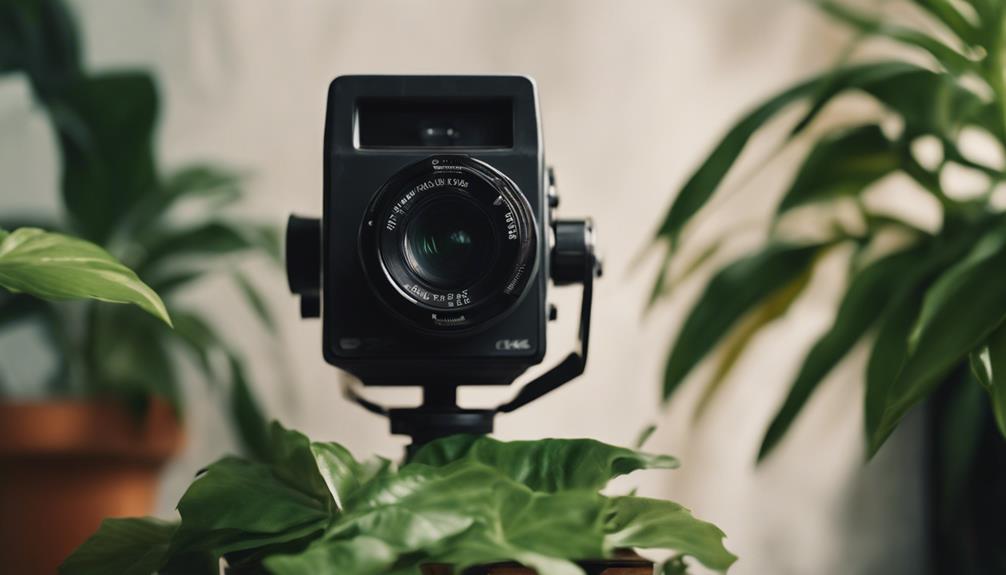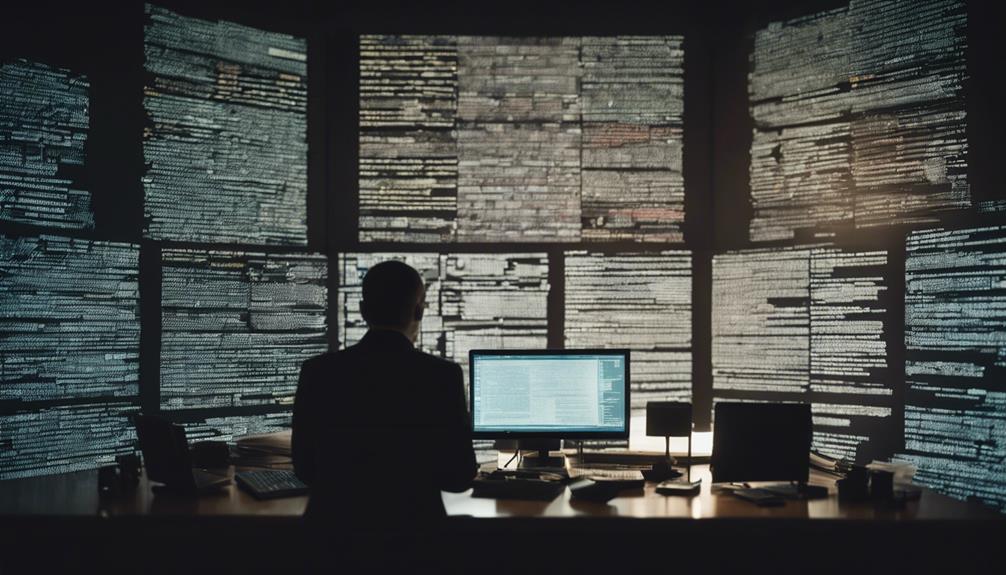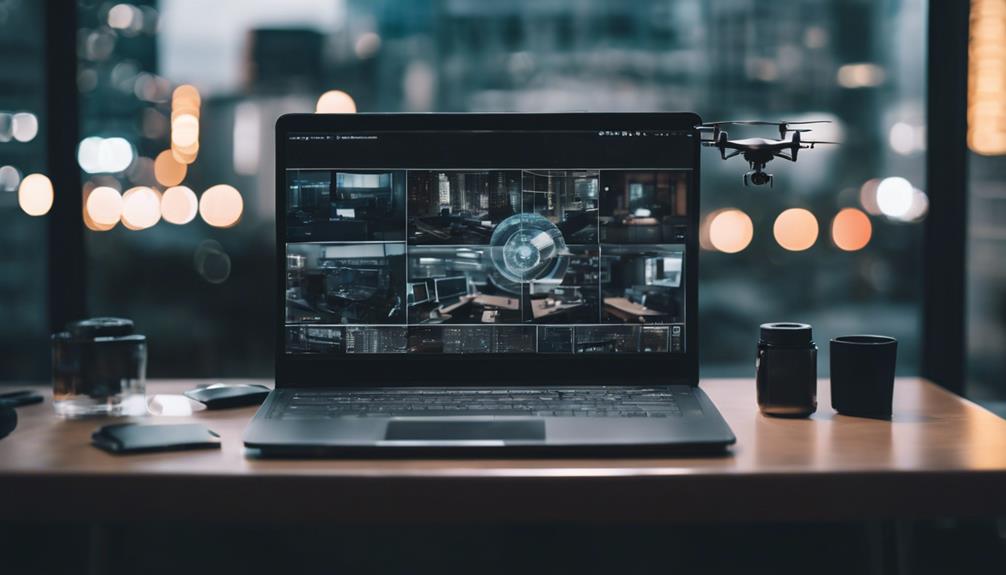
In today’s rapidly evolving workplace landscape, the need for security and efficiency has never been more pronounced. As businesses strive to create safer environments, the use of spy cameras has emerged as a prevalent tool. These discreet devices not only enhance security but also serve various functional purposes within organizations. This article will explore the rise of spy cameras in the workplace, the legal implications surrounding their use, and the importance of balancing privacy with safety.
The Rise of Spy Cameras in the Workplace Environment
Over the past decade, the integration of technology in the workplace has transformed how businesses operate. The advent of affordable and high-quality spy cameras has made it easier for employers to monitor their premises discreetly. Spy cameras can be placed in strategic locations to provide crucial insights into the day-to-day operations of a business. As concerns about theft, vandalism, and employee misconduct rise, many organizations are increasingly turning to these surveillance tools to safeguard their interests.
The proliferation of spy cameras is not limited to traditional office settings. Many companies are adopting remote work models, leading to the installation of cameras in home offices or co-working spaces. This trend reflects the need for employers to maintain a level of oversight while also promoting accountability among employees. As advancements in technology continue to make spy cameras more effective and less invasive, their prevalence in the workplace is likely to grow.
Understanding the Legal Implications of Workplace Surveillance
While the use of spy cameras can provide significant benefits for businesses, it is essential to navigate the complex legal landscape surrounding workplace surveillance. Laws regarding employee monitoring vary widely by jurisdiction, and employers must ensure they comply with local regulations. Generally, it is crucial to inform employees about the presence of cameras and the extent of surveillance, as failure to do so may lead to legal repercussions and potential lawsuits.
Employers should also consider specific regulations that protect employee privacy, such as laws governing audio recording. In many regions, recording conversations without consent is illegal. Thus, employers must be diligent in understanding and adhering to the legal framework of their specific locality. Ensuring that surveillance practices are transparent and compliant not only protects the business but also fosters trust among employees.
Why Employers Consider Using Spy Cameras at Work
Employers often view spy cameras as a necessary measure to protect their assets and maintain a productive workplace environment. With rising concerns about employee theft, workplace violence, and other security threats, spy cameras provide a solution to monitor activities and deter undesirable behaviors. The mere presence of surveillance can often lead to heightened employee awareness of their actions, reducing the likelihood of misconduct.
Additionally, spy cameras can serve as a valuable tool for improving operational efficiency. By monitoring workflows and employee interactions, employers can identify areas for improvement, streamline processes, and enhance productivity. The data collected from surveillance can inform decisions related to resource allocation and employee training, ultimately benefiting the organization as a whole.
Enhancing Security: The Role of Spy Cameras in Offices
Spy cameras play a crucial role in enhancing overall security within office environments. They act as a deterrent to crime, discouraging potential thieves and vandals from targeting the premises. In the event of an incident, having recorded footage can be instrumental in identifying culprits and providing evidence for law enforcement. This added layer of protection can lead to a more secure workplace, reassuring employees and clients alike.
Moreover, spy cameras can assist in safeguarding sensitive information and assets. In industries where confidential data is handled, such as finance and healthcare, surveillance can help prevent unauthorized access and data breaches. By monitoring the behavior of employees and visitors, organizations can proactively address security vulnerabilities and ensure that sensitive information remains protected.
Balancing Privacy with Safety: A Delicate Equation
While the benefits of spy cameras are clear, the challenge lies in balancing safety with employee privacy. Employees have a right to feel safe and respected in their work environment, and excessive surveillance can lead to feelings of mistrust and discomfort. Therefore, employers must establish clear policies regarding the use of spy cameras, ensuring that employees understand the purpose and scope of surveillance.
To strike a balance, organizations can implement measures to protect employee privacy. For instance, cameras should be installed in common areas rather than private spaces such as restrooms or break rooms. Employers should also limit the use of cameras to specific times or situations where monitoring is necessary. By demonstrating a commitment to respecting employee privacy while maintaining safety, employers can foster a positive workplace culture.
How Spy Cameras Can Deter Unethical Employee Behavior
One of the primary advantages of utilizing spy cameras in the workplace is their ability to deter unethical behavior among employees. When individuals know they are being monitored, they are less likely to engage in activities such as theft, harassment, or other misconduct. This increased accountability can lead to a more positive work environment, as employees are encouraged to adhere to company policies and maintain professional conduct.
Moreover, the presence of spy cameras can facilitate a culture of transparency. By promoting the idea that all actions are being monitored, employees may be more inclined to collaborate and communicate openly with one another. This shift in behavior can lead to stronger team dynamics and improved overall performance, benefiting both the organization and its workforce.
Choosing the Right Spy Camera for Your Business Needs
Selecting the appropriate spy camera for a business involves careful consideration of various factors, including the specific needs of the organization, the environment in which the cameras will be installed, and the budget available for surveillance equipment. Employers should evaluate the resolution, field of view, and features such as night vision and remote access when choosing a camera. High-quality images and comprehensive coverage are critical for capturing clear footage in various lighting conditions.
Additionally, companies should consider the integration of spy cameras with existing security systems. Many modern surveillance solutions offer advanced features, such as motion detection and cloud storage, allowing for more comprehensive monitoring of workplace activities. By selecting the right camera system, employers can ensure that they are effectively addressing their surveillance needs while maximizing their investment.
Tips for Implementing Spy Cameras Responsibly at Work
Implementing spy cameras in the workplace requires a thoughtful approach to ensure responsible use. First and foremost, employers should develop a clear policy outlining the purpose, scope, and limitations of surveillance. This policy should be communicated openly to all employees, encouraging transparency and understanding of the rationale behind the decision to install cameras.
Additionally, organizations should regularly review their surveillance practices to ensure compliance with legal regulations and ethical standards. It is essential to monitor the effectiveness of the surveillance system and make adjustments as necessary. By maintaining an open dialogue with employees regarding the use of spy cameras, businesses can foster a culture of trust and accountability while effectively addressing security concerns.
Real-Life Examples of Spy Cameras Improving Workplace Safety
Numerous organizations have successfully implemented spy cameras to enhance workplace safety and security, yielding positive outcomes. For instance, a retail store that experienced frequent thefts installed surveillance cameras, leading to a significant decrease in shoplifting incidents. The mere presence of cameras discouraged potential criminals and created a safer environment for both employees and customers.
In another case, a manufacturing facility utilized spy cameras to monitor safety compliance on the production floor. By identifying unsafe work practices through recorded footage, management was able to provide targeted training and implement policy changes. This proactive approach not only improved workplace safety but also contributed to a reduction in accidents and injuries, ultimately benefiting employee well-being and the organization’s bottom line.
The Future of Workplace Surveillance: Trends to Watch
As technology continues to advance, the future of workplace surveillance is likely to evolve significantly. Emerging trends include the integration of artificial intelligence (AI) and machine learning into surveillance systems, allowing for more sophisticated monitoring capabilities. These advancements can enable real-time analysis of behaviors, automatically flagging suspicious activities and providing businesses with actionable insights.
Moreover, the increasing emphasis on employee wellness and mental health will influence how organizations approach surveillance. Companies may explore innovative monitoring solutions that prioritize employee well-being while still addressing security concerns. By embracing these trends, businesses can create a safer and more supportive work environment that aligns with the values of modern employees.
The implementation of spy cameras in the workplace is a nuanced topic that requires careful consideration of both security needs and employee privacy. By understanding the legal implications, choosing the right technology, and implementing responsible practices, organizations can create a safe and productive environment for their staff. As surveillance technology continues to evolve, companies must stay informed about trends and best practices to effectively balance safety and privacy in the workplace.




